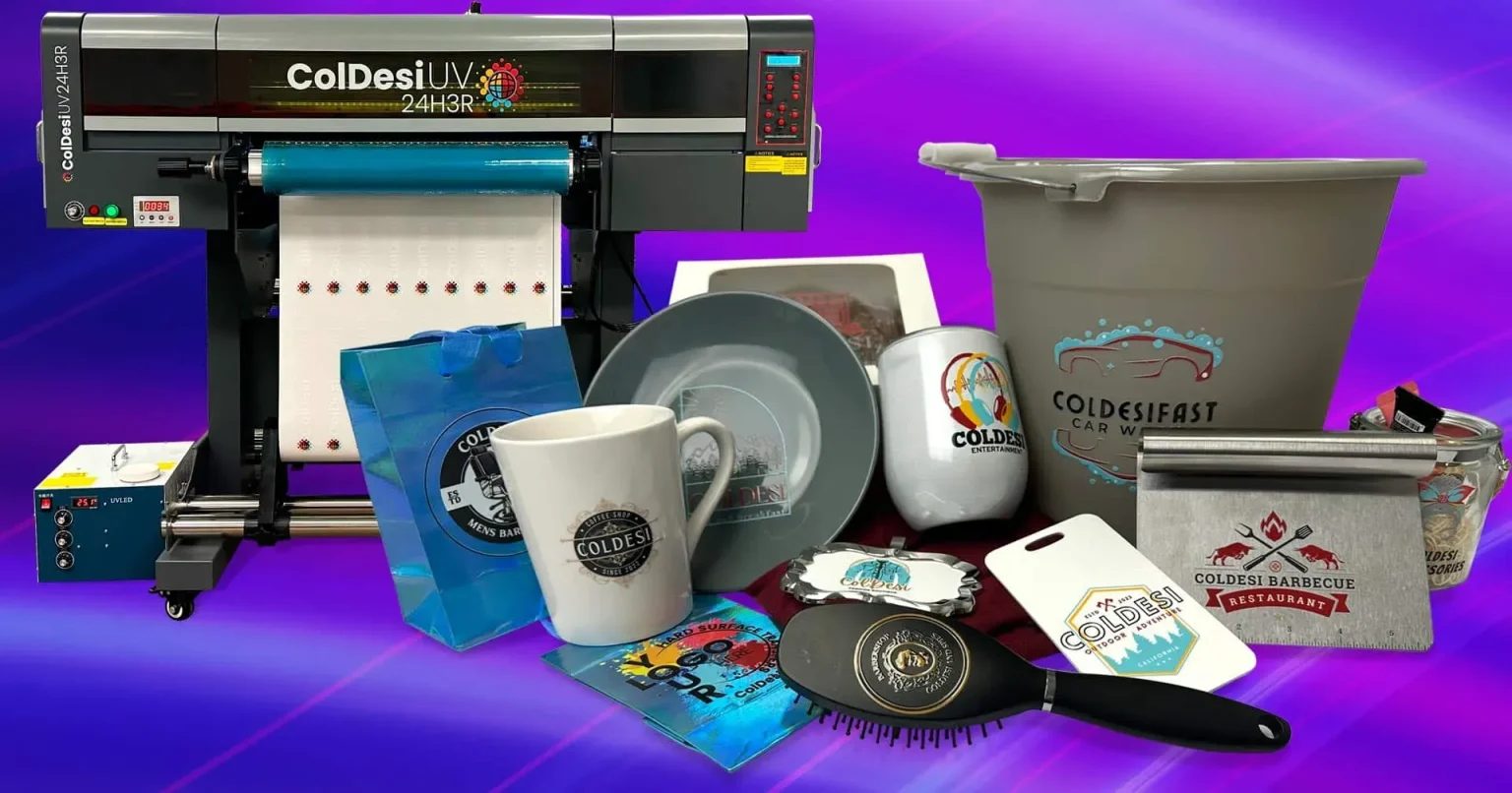In the dynamic world of printing, UV DTF printing has emerged as a game-changer, offering unparalleled capabilities for producing high-quality prints that capture attention. This innovative technology enables the transfer of vibrant colors to various surfaces, delivering stunning and detailed artwork. By optimizing the curing process in UV printing, users can achieve prints that are not only visually striking but also durable and long-lasting. For businesses looking to enhance their output, understanding the intricacies of UV DTF gangheet and implementing expert tips on DTF printing is essential. This guide will unveil key strategies to maximize print quality and elevate your printing projects to new heights.
Exploring alternative avenues in the printing industry, Direct to Film (DTF) technology specifically designed for UV applications is revolutionizing how we produce artistic prints. This method is increasingly favored for its ability to provide exceptional levels of detail and color vibrancy on diverse materials. For printing enthusiasts and professionals alike, mastering the nuances of this technique—including the vital curing process and optimal material selection—will ensure superior outcomes. Engaging with this technology not only broadens possibilities but also enhances customer satisfaction, making it a crucial element for those in the print sector. As you navigate through this blog, expect to uncover effective ways to refine your printing skills and maximize your output.
Understanding the Advantages of UV DTF Printing
UV DTF printing stands out for its unique benefits that cater to the needs of diverse printing applications. One of its central advantages is its ability to print on various substrates, ranging from textiles to hard materials, making it versatile for both decorative and functional graphics. By using UV inks, printers can achieve vibrant colors with sharp details that are unrivaled in traditional printing methods. This capability not only enhances the visual appeal of the prints but also their durability, allowing for long-lasting effects that resist fading over time, even when exposed to sunlight.
Moreover, the rapid curing process in UV DTF printing means that prints are ready to use almost immediately after production. This efficiency is crucial for businesses looking to meet tight deadlines without compromising on quality. With the right setup, companies can produce large volumes of high-quality prints in a shorter timeframe, effectively increasing productivity. This combination of flexibility, speed, and enhanced visual results makes UV DTF printing an appealing choice for professionals seeking to elevate their projects.
Frequently Asked Questions
What is UV DTF printing and how does it improve print quality?
UV DTF printing, or UV Direct to Film printing, enhances print quality by allowing direct printing onto various substrates with vibrant colors and detailed graphics. Utilizing high-quality films designed for UV applications ensures better ink adhesion, resulting in bright and long-lasting prints.
How can I achieve vibrant colors in UV DTF printing?
To achieve vibrant colors in UV DTF printing, it’s important to select the right films that offer wide color gamuts and to optimize printer settings. Implementing effective color management strategies, including using appropriate ICC profiles, will also help in maintaining accurate color reproduction throughout the printing process.
What role does the curing process in UV printing play in print quality?
The curing process in UV printing is vital for ensuring print quality, as it solidifies the ink on the substrate. Proper curing prevents issues like smudging or peeling. Tailoring lamp intensity and curing duration to match your specific ink and film type is crucial for achieving durable and high-quality outputs in UV DTF printing.
What expert tips can improve my UV DTF gangheet printing results?
To improve UV DTF gangheet printing results, focus on using high-quality materials, optimizing printer settings (like DPI), mastering the curing process, and applying post-processing techniques like laminating. Regular maintenance of your printer is also essential to avoid common printing issues and enhance overall print quality.
How does material selection impact UV DTF printing quality?
Material selection significantly impacts UV DTF printing quality. Choosing high-quality, UV-specific films enhances ink adhesion and color reproduction. Suitable materials ensure that prints retain their vibrancy and detail, contributing to a professional-grade final product.
What maintenance practices should I follow for UV DTF printers?
For UV DTF printers, regular maintenance is crucial to achieving high-quality outputs. Schedule routine cleanings of print heads, check ink flow, and calibrate settings as needed. Consistent maintenance helps prevent complications that could lead to impaired print quality.
| Key Point | Description |
|---|---|
| Proper Material Selection | Use high-quality films designed for UV applications for enhanced ink adhesion and color brightness. |
| Optimal Printer Settings | Adjust printer resolution and speed to prioritize detail while ensuring proper ink curing by balancing resolution and speed. |
| Mastering the Curing Process | Select appropriate UV lamp intensity and curing duration tailored to ink and film to prevent quality issues. |
| Color Management | Utilize ICC profiles and regularly calibrate printers for consistent and accurate color representation. |
| Employing Post-Processing Techniques | Apply clear coats or laminates to enhance vibrancy and durability of prints against environmental exposure. |
| Committing to Regular Maintenance | Perform routine maintenance like cleaning print heads and checking ink flow to uphold print quality. |
Summary
UV DTF printing stands at the forefront of modern printing technologies, showcasing remarkable capabilities for producing high-quality outputs. By implementing expert techniques such as selecting the right materials, optimizing printer settings, and mastering the curing process, businesses can take full advantage of this innovative technology. Additionally, effective color management and post-processing techniques significantly enhance the vibrancy and durability of designs. Embracing these strategies not only maximizes print quality but also positions businesses to meet and surpass consumer expectations in an evolving market. As UV DTF printing continues to expand, those who integrate these proven best practices will provide prints that are not just visually stunning but also built to last.




